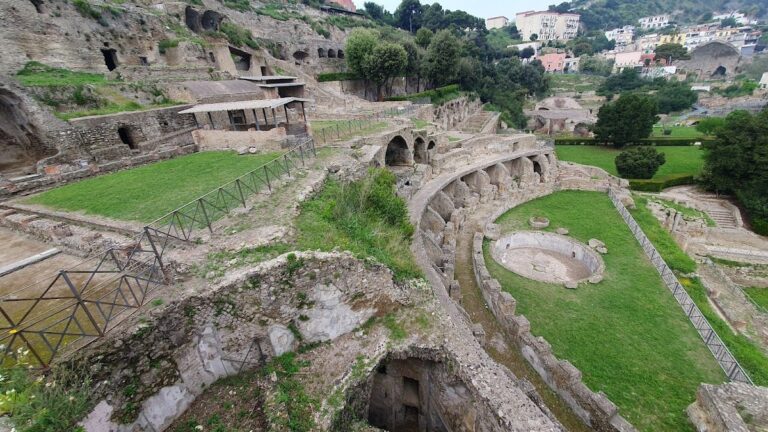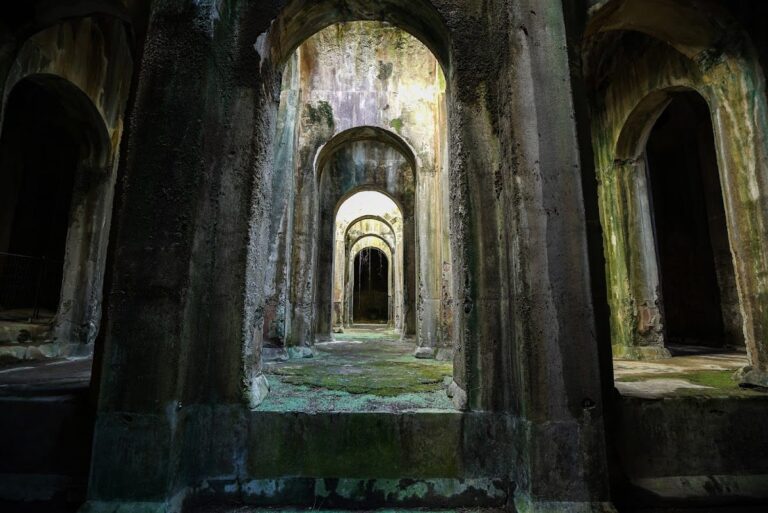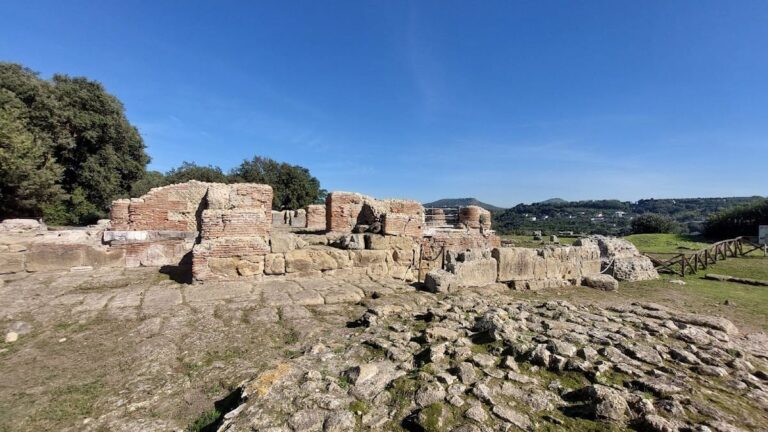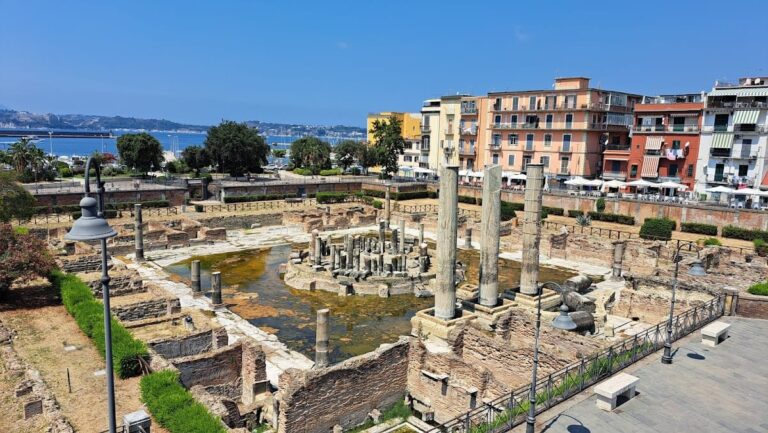Archaeological Museum of Pithecusae: Preserving the Legacy of Ancient Pithekoussai
Visitor Information
Google Rating: 4.3
Popularity: Low
Google Maps: View on Google Maps
Official Website: www.pithecusae.it
Country: Italy
Civilization: Greek, Roman
Remains: Museum
History
The Archaeological Museum of Pithecusae is situated in Lacco Ameno, a town on the island of Ischia in the province of Naples, Italy. The museum focuses on the ancient Greek settlement of Pithekoussai, established around 770 BCE by Greek colonists. This settlement is among the earliest Greek colonies in the western Mediterranean and played a key role in early Greek expansion.
The site of Pithekoussai flourished during the early Iron Age, with its inhabitants engaging in trade and cultural exchange. Excavations have revealed a necropolis in the San Montano valley and an acropolis at Monte di Vico, indicating a well-organized community. The settlement declined over time, and by the Roman period, Ischia hosted only a modest Roman presence, reflected in limited archaeological finds.
In the 18th century, the location of the modern museum was occupied by Villa Arbusto, built in 1785 by Don Carlo Acquaviva, Duke of Atri, on the grounds of a former farmstead. The villa changed ownership several times before being acquired by Angelo Rizzoli in 1952 and later transferred to the municipality of Lacco Ameno.
The museum itself began in 1947 when archaeologist Giorgio Buchner and volcanologist Alfred Rittmann created a small collection to house local finds. Buchner’s excavations from 1952 onward uncovered many important artifacts from Pithekoussai.
Remains
The museum’s collection include pottery, such as black-gloss tableware in the Campana A style, found at the Monte di Vico acropolis. Amphorae, used for storage and sometimes as urns for child burials, are also part of the collection.
Among the most significant exhibits is the Nestor’s Cup, a ceramic drinking vessel dated between 725 and 720 BCE. It bears one of the earliest known inscriptions in the Greek alphabet, written in the Euboean script.
Roman period finds are limited but include votive marble reliefs from the Sanctuary of the Nymphs of Nitrodi near Barano d’Ischia, discovered in 1759. The museum also holds lead and tin ingots from a submerged Roman foundry nearby. The collection totals about 10,000 catalogued items, all preserved within Villa Arbusto, which serves as a cultural center and exhibition space.










